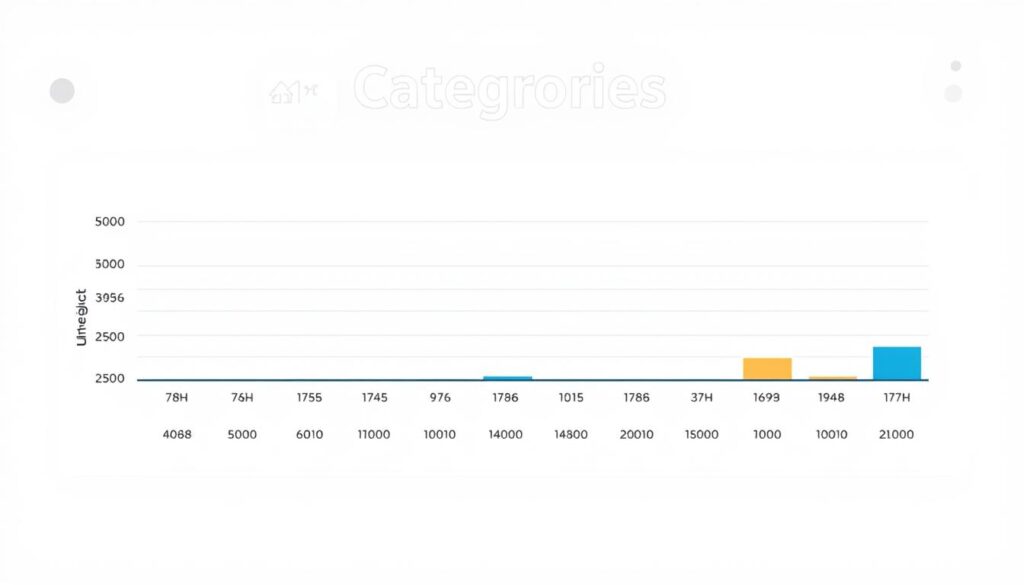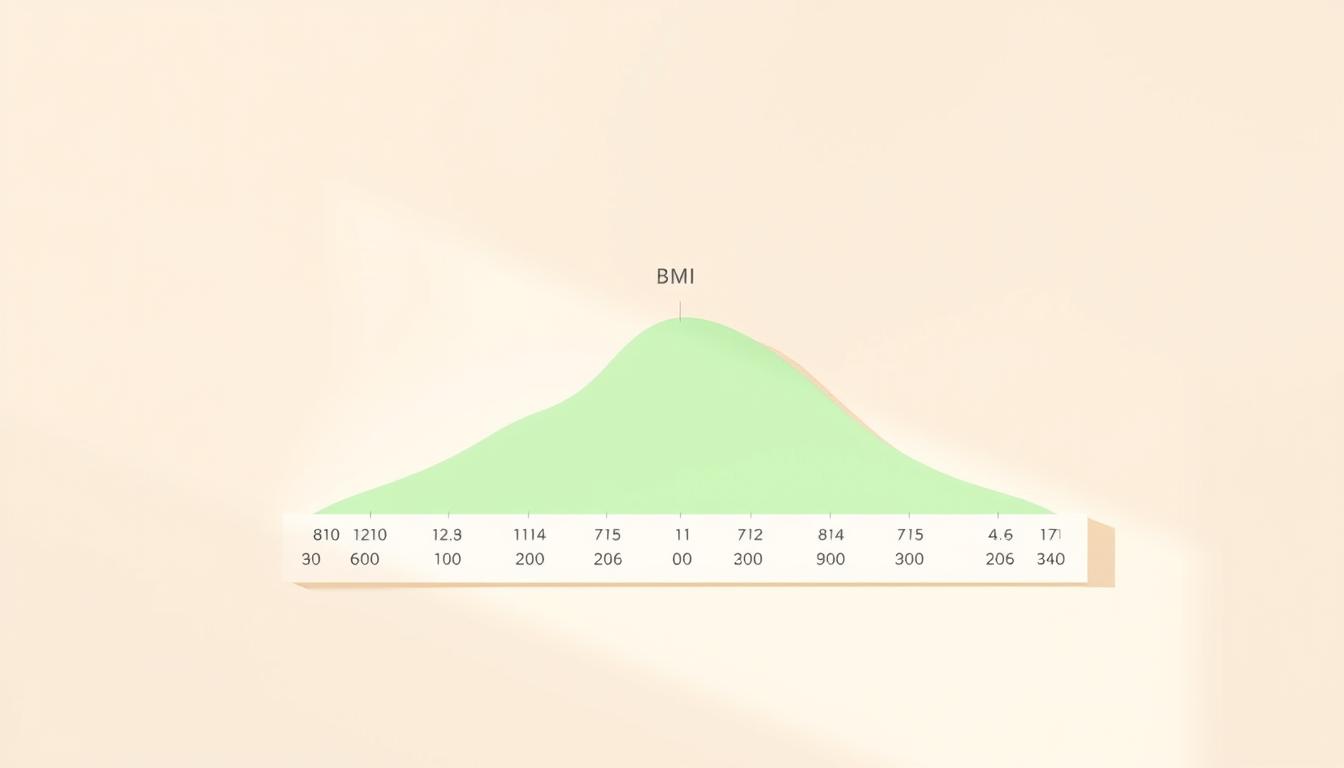Could a simple math formula from the 1800s truly define your wellness today? While body mass index (BMI) remains widely used, its role in modern health assessments sparks debate. Let’s explore how this measurement works and why it still matters.
BMI compares your weight to your height using two formulas. For pounds and inches: multiply weight by 703, then divide by height squared. For kilograms and meters: divide weight by height squared. The result places adults in four categories according to CDC guidelines.
Numbers below 18.5 suggest underweight status, while 18.5-24.9 falls within what experts consider typical for most people. Values above 25 indicate increasing health risks. However, this screening tool doesn’t account for muscle mass or fat distribution – factors crucial for personalized evaluations.
Medical professionals often pair BMI checks with other tests like blood pressure measurements. This combined approach helps create a clearer picture of overall health. For those aiming to improve their numbers, research-backed strategies focusing on sustainable habits often yield better results than quick fixes.
Key Takeaways
- BMI calculates body weight relative to height using 19th-century formulas still used today
- Categories range from underweight (below 18.5) to obesity (30+) for adults
- This measurement serves as initial screening, not comprehensive health diagnosis
- Optimal values vary based on age, muscle mass, and individual health factors
- Combining BMI with other assessments provides more accurate wellness insights
Understanding BMI and Its Categories
Body mass index (BMI) categorizes individuals based on weight relative to height, offering a quick health assessment. Medical professionals and screening tools frequently use this metric to identify potential risks linked to body composition. While not definitive, these categories help prioritize further evaluations for those outside typical thresholds.

What Is BMI and How Is It Calculated?
The calculation requires two measurements: weight in kilograms or pounds and height in meters or inches. For metric units, divide kilograms by height squared in meters. Imperial measurements multiply pounds by 703 before dividing by inches squared. Online BMI calculators automate this math, but manual computation remains straightforward.
BMI Categories: Underweight, Healthy Weight, Overweight, and Obesity
CDC guidelines define four main divisions. Below 18.5 indicates underweight status, while 18.5–24.9 falls within expected parameters. Numbers from 25–29.9 signal overweight conditions, and readings above 30 suggest obesity-related health concerns.
This screening tool works best with other assessments. Athletes with high muscle mass might register elevated numbers despite low fat levels. Experts recommend pairing these measurements with waist checks and blood tests for accuracy.
Factors Influencing Body Weight and Overall Health
Multiple elements shape our body composition and wellness beyond simple measurements. While numbers provide a starting point, real-world health depends on biological differences and daily choices.

Impact of Age, Sex, and Ethnicity
Our bodies change across decades. Muscle mass naturally decreases about 3-8% per decade after 30, affecting weight distribution. Women typically carry 10% more body fat than men due to hormonal differences, according to CDC research.
Ethnic backgrounds also matter. Asian populations often face higher health risks at lower weight thresholds compared to European groups. This variation explains why some medical guidelines adjust thresholds for specific communities.
Lifestyle and Daily Choices
Three key elements influence outcomes more than any calculator:
- Diet quality: High processed food intake increases fat storage patterns
- Activity levels: Regular movement counters age-related muscle loss
- Sleep patterns: Poor rest disrupts hunger hormones
Even people with typical screening results might have hidden concerns. A 2023 study found 30% of adults with normal numbers showed high visceral fat – a key risk for heart issues. This highlights why tools like waist-to-height ratio (WHR) often provide clearer insights than mass-height formulas alone.
For personalized assessments, combine our BMI calculator with body composition tests. Medical News Today recommends annual blood work for adults, as cholesterol and blood sugar levels often reveal risks before weight changes occur.
Healthy BMI Range: Achieving and Maintaining Ideal Weight
Understanding your body’s needs begins with precise measurements and trusted resources. Let’s break down practical ways to assess your status and create actionable plans.
How to Calculate Your BMI Using Trusted Tools
- Measure weight in pounds or kilograms using a calibrated scale
- Record height in inches or meters without shoes
- Use the CDC’s online BMI calculator or apply the formula manually
Consistency matters. Take measurements at the same time daily, preferably before eating. The NHS recommends checking every 3 months to track trends rather than fixating on single readings.
Interpreting Your BMI and Utilizing the Right Screening Tools
Results fall into four categories, but context shapes their meaning. A reading above 25 might signal higher risk for heart issues or diabetes, while lower numbers could indicate nutritional gaps. Medical News Today advises pairing your score with:
- Waist circumference checks (over 35” for women or 40” for men raises concerns)
- Blood pressure screenings (target below 120/80 mmHg)
- Body fat percentage tests (20-25% for women, 10-20% for men)
“BMI alone doesn’t tell the full story,” states a CDC report. Athletes or older adults often benefit from DEXA scans or skinfold measurements to evaluate muscle versus fat. Combine these tools with lifestyle assessments for a complete health picture.
Conclusion
Understanding health needs requires more than a single number. While weight-to-height ratios offer a starting point, they don’t capture muscle mass, fat distribution, or genetic factors. Recent studies confirm this measurement works best when paired with tools like waist checks and blood pressure monitoring.
Age and lifestyle choices impact results. Muscle loss with aging or intense training can skew readings. Experts emphasize combining this screening with body fat tests for accurate risk assessments – especially for heart issues and type 2 diabetes.
Research from the NIH shows women often have higher fat percentages at lower scores than men. This highlights why personalized evaluations matter. Consult providers if your numbers suggest higher risks.
Sustainable habits – balanced nutrition, activity, and stress management – support lasting wellness better than quick fixes. Your health journey deserves tools that reflect your unique body and life.


